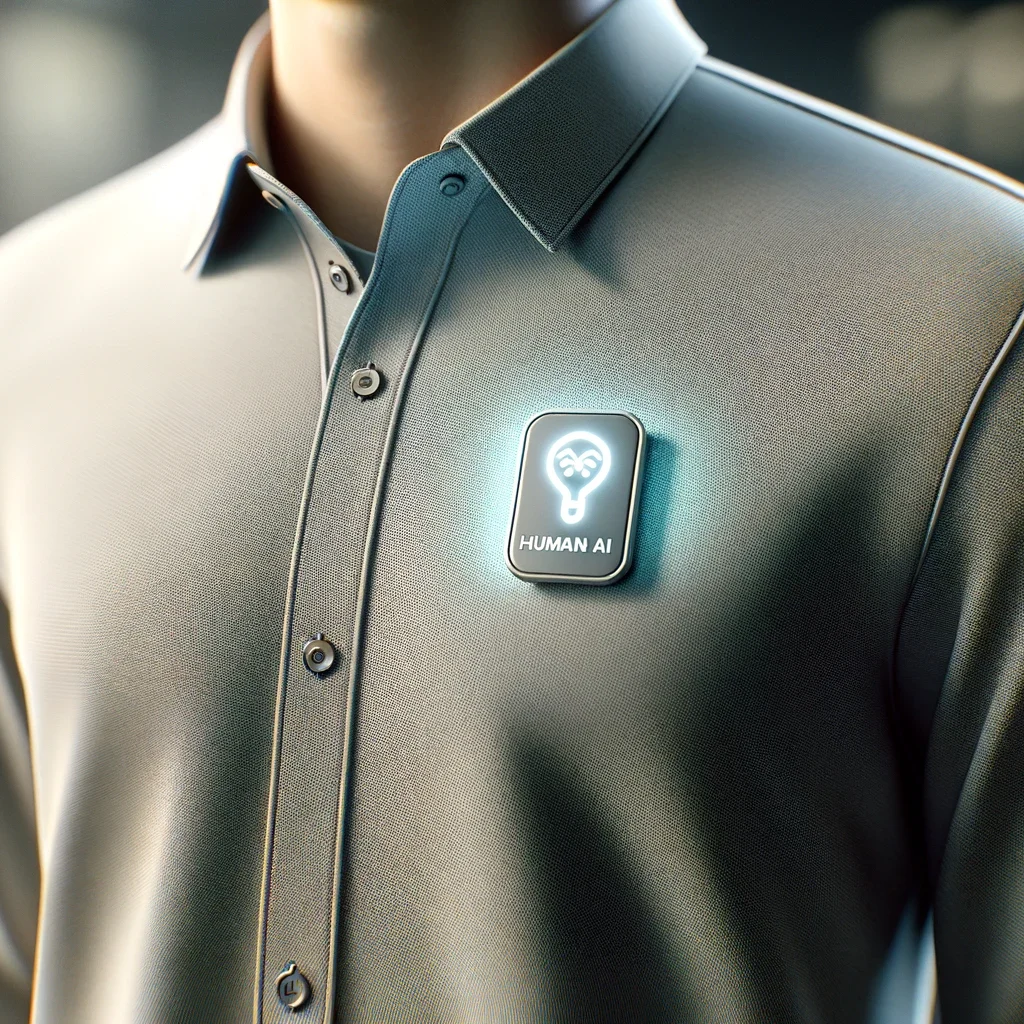In a recent development, the U.S. Copyright Office’s Review Board has upheld its refusal to register a two-dimensional computer-generated image titled “SURYAST,” created by Ankit Sahni using the AI software RAGHAV. This marks the fourth instance where the office has denied copyright registration for a work produced with artificial intelligence, citing concerns about human control, conflicting tool descriptions, and the determination of human authorship.
Ankit Sahni submitted an application in December 2021, listing himself and the AI painting app as co-authors. The work, a digital adaptation of a photograph with elements inspired by Vincent van Gogh’s “The Starry Night,” faced initial refusal in June 2022 due to a perceived lack of human authorship. Despite Sahni’s arguments in subsequent reconsideration requests, the USCO maintained its stance, emphasizing discrepancies in Sahni’s account of the creative process and the level of control he retained over RAGHAV.
RAGHAV’s role and discrepancies
Sahni’s claim that RAGHAV served as an assistive tool with ultimate creative control in his hands faced scrutiny from the USCO. The board’s analysis highlighted conflicting information in Sahni’s submissions and concluded that RAGHAV’s interpretation of the photograph was more a result of its training data than specific instructions from Sahni. The decision reinforces the office’s position that generative AI works lack protectable elements and are considered part of the public domain.
Previous refusals and legal landscape
This denial follows three previous refusals, including the notable case of Dr. Stephen Thaler’s “A Recent Entrance to Paradise.” Thaler’s legal challenge, aiming to overturn the human authorship requirement, was unsuccessful. The USCO’s focus on the de minimis standard, established in Feist v. Rural Telephone, underscores its policy that AI-generated content beyond a minimal threshold should be excluded from copyright protection.
Implications and strategic considerations
The rejection of copyright protection for generative AI works prompts creatives to distinguish between protectable human-authored elements and non-protectable generative material. The USCO’s emphasis on the original photograph used as a prompt being potentially protectable provides a strategic avenue for securing copyright over certain aspects of a work. For instance, if Sahni registers his original photograph, he could potentially defend against unauthorized use of the derivative AI-generated work.
Protecting partially generative derivative works
This latest development underscores the importance of having a well-defined legal strategy when interacting with the USCO. Creatives should be cautious about inconsistencies in descriptions of the artistic process and tools used, as such discrepancies can undermine their efforts for clarity during the copyright registration review.
The U.S. Copyright Office’s Review Board has affirmed its refusal to register Ankit Sahni’s AI-generated artwork “SURYAST.” This decision reflects the office’s consistent stance on the lack of protectable elements in generative AI works. As the legal landscape evolves in response to emerging technologies, creatives are advised to approach copyright registration with a clear legal strategy, acknowledging the distinction between human-authored and generative elements in their works.





